
The Pulitzer Prize for Criticism has been presented since 1970 to a newspaper writer in the United States who has demonstrated 'distinguished criticism'. Recipients of the award are chosen by an independent board and officially administered by Columbia University. The Pulitzer Committee issues an official citation explaining the reasons for the award.
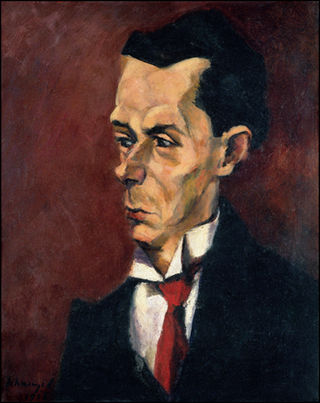
A critic is a person who communicates an assessment and an opinion of various forms of creative works such as art, literature, music, cinema, theater, fashion, architecture, and food. Critics may also take as their subject social or government policy. Critical judgments, whether derived from critical thinking or not, weigh up a range of factors, including an assessment of the extent to which the item under review achieves its purpose and its creator's intention and a knowledge of its context. They may also include a positive or negative personal response.

The Village Voice is an American news and culture publication based in Greenwich Village, New York City, known for being the country's first alternative newsweekly. Founded in 1955 by Dan Wolf, Ed Fancher, John Wilcock, and Norman Mailer, the Voice began as a platform for the creative community of New York City. It ceased publication in 2017, although its online archives remained accessible. After an ownership change, the Voice reappeared in print as a quarterly in April 2021.
The New York Review of Books is a semi-monthly magazine with articles on literature, culture, economics, science and current affairs. Published in New York City, it is inspired by the idea that the discussion of important books is an indispensable literary activity. Esquire called it "the premier literary-intellectual magazine in the English language." In 1970, writer Tom Wolfe described it as "the chief theoretical organ of Radical Chic".

Music journalism is media criticism and reporting about music topics, including popular music, classical music, and traditional music. Journalists began writing about music in the eighteenth century, providing commentary on what is now regarded as classical music. In the 1960s, music journalism began more prominently covering popular music like rock and pop after the breakthrough of The Beatles. With the rise of the internet in the 2000s, music criticism developed an increasingly large online presence with music bloggers, aspiring music critics, and established critics supplementing print media online. Music journalism today includes reviews of songs, albums and live concerts, profiles of recording artists, and reporting of artist news and music events.
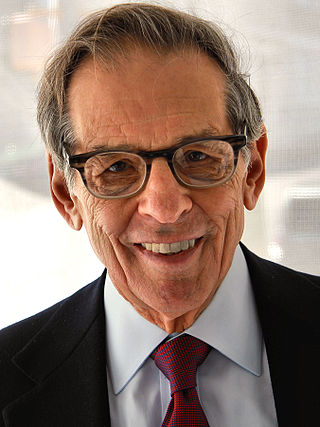
Robert Allan Caro is an American journalist and author known for his biographies of United States political figures Robert Moses and Lyndon B. Johnson.

Robert Thomas Christgau is an American music journalist and essayist. Among the most well-known and influential music critics, he began his career in the late 1960s as one of the earliest professional rock critics and later became an early proponent of musical movements such as hip hop, riot grrrl, and the import of African popular music in the West. Christgau spent 37 years as the chief music critic and senior editor for The Village Voice, during which time he created and oversaw the annual Pazz & Jop critics poll. He has also covered popular music for Esquire, Creem, Newsday, Playboy, Rolling Stone, Billboard, NPR, Blender, and MSN Music, and was a visiting arts teacher at New York University. CNN senior writer Jamie Allen has called Christgau "the E. F. Hutton of the music world – when he talks, people listen."

Nicholas G. Carr is an American journalist and writer who has published books and articles on technology, business, and culture. His book The Shallows: What the Internet Is Doing to Our Brains was a finalist for the 2011 Pulitzer Prize in General Nonfiction.
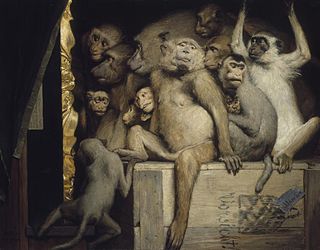
Art criticism is the discussion or evaluation of visual art. Art critics usually criticize art in the context of aesthetics or the theory of beauty. A goal of art criticism is the pursuit of a rational basis for art appreciation but it is questionable whether such criticism can transcend prevailing socio-political circumstances.
Robert Adams Gottlieb was an American writer and editor. He was the editor-in-chief of Simon & Schuster, Alfred A. Knopf, and The New Yorker.
Andy Dehnart is an American journalist and television critic. He may be best known as reality television's "longest-standing critic" for his online journalism, as he is the creator of the genre's first tracking website, realityblurred.com. He is a member of the Television Critics Association.
A food critic, food writer, or restaurant critic is a writer who analyzes food or restaurants and then publishes the results of their findings to the public. While these terms are not strictly synonymous they are often used interchangeably, at least in some circumstances. Those who share their opinions via food columns in newspapers and magazines are known as food columnists. They are often experts in the field.

David Hickey was an American art critic who wrote for many American publications including Rolling Stone, ARTnews, Art in America, Artforum, Harper's Magazine, and Vanity Fair. He was nicknamed "The Bad Boy of Art Criticism" and "The Enfant Terrible of Art Criticism". He had been professor of English at the University of Nevada Las Vegas and distinguished professor of criticism for the MFA program in the Department of Art & Art History at the University of New Mexico.
Criticism of technology is an analysis of adverse impacts of industrial and digital technologies. It is argued that, in all advanced industrial societies, technology becomes a means of domination, control, and exploitation, or more generally something which threatens the survival of humanity. Some of the technology opposed by the most radical critics may include everyday household products, such as refrigerators, computers, and medication. However, criticism of technology comes in many shades.
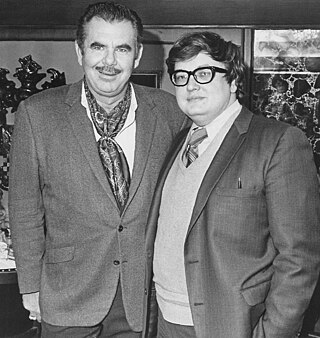
Film criticism is the analysis and evaluation of films and the film medium. In general, film criticism can be divided into two categories: journalistic criticism that appears regularly in newspapers, magazines and other popular mass-media outlets; and academic criticism by film scholars who are informed by film theory and are published in academic journals. Academic film criticism rarely takes the form of a review; instead it is more likely to analyse the film and its place in the history of its genre or in the whole of film history.
Architecture criticism is the critique of architecture. Everyday criticism relates to published or broadcast critiques of buildings, whether completed or not, both in terms of news and other criteria. In many cases, criticism amounts to an assessment of the architect's success in meeting his or her own aims and objectives and those of others. The assessment may consider the subject from the perspective of some wider context, which may involve planning, social or aesthetic issues. It may also take a polemical position reflecting the critic's own values. At the most accessible extreme, architectural criticism is a branch of lifestyle journalism, especially in the case of high-end residential projects.
An art blog is a common type of blog that comments on art. More recently, as with other types of blogs, some art blogs have taken on 'web 2.0' social networking features. Art blogs that adopt this sort of change can develop to become a source of information on art events, a way to share information and images, or virtual meeting ground.
Ben Ratliff is an American journalist, music critic and author.
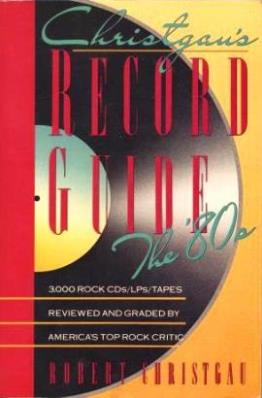
Christgau's Record Guide: The '80s is a music reference book by American music journalist and essayist Robert Christgau. A follow-up to Christgau's Record Guide: Rock Albums of the Seventies (1981), it was published in October 1990 by Pantheon Books.
Tom Hull is an American music critic, web designer, and former software developer. Hull began writing criticism for The Village Voice in the mid 1970s under the mentorship of its music editor Robert Christgau, but left the field to pursue a career in software design and engineering during the 1980s and 1990s, which earned him the majority of his life's income. In the 2000s, he returned to music reviewing and wrote a jazz column for The Village Voice in the manner of Christgau's "Consumer Guide", alongside contributions to Seattle Weekly, The New Rolling Stone Album Guide, NPR Music, and the webzine Static Multimedia.










